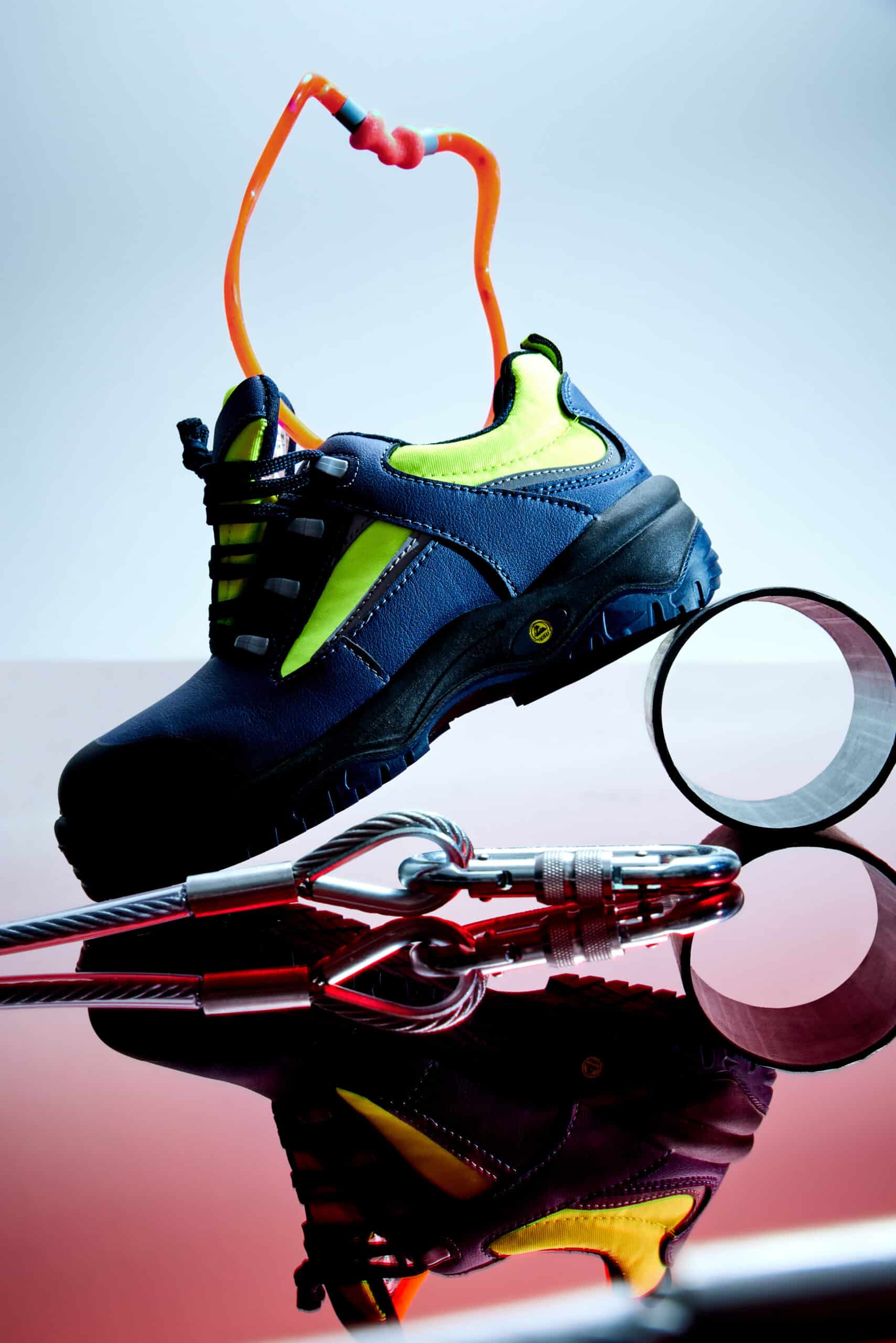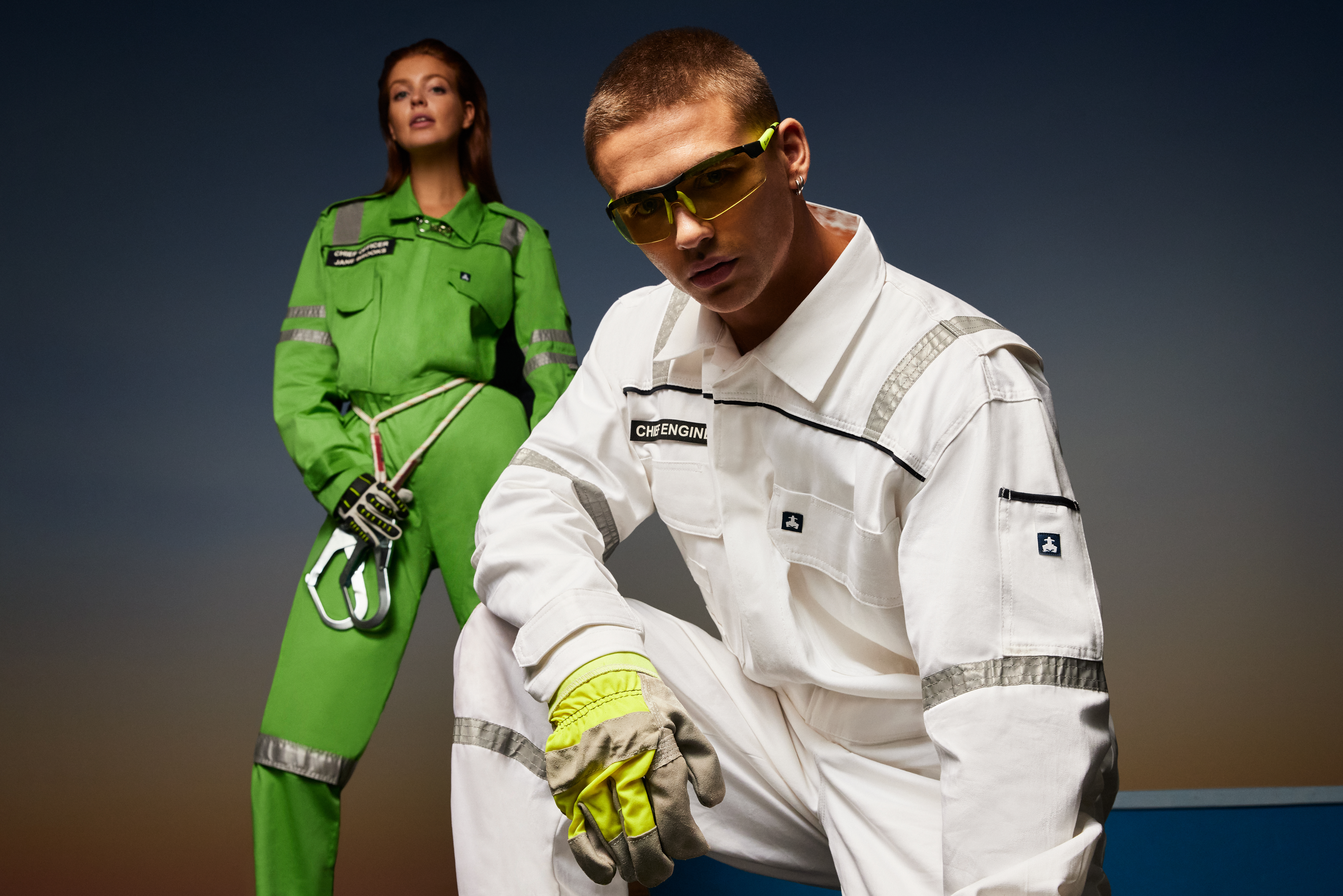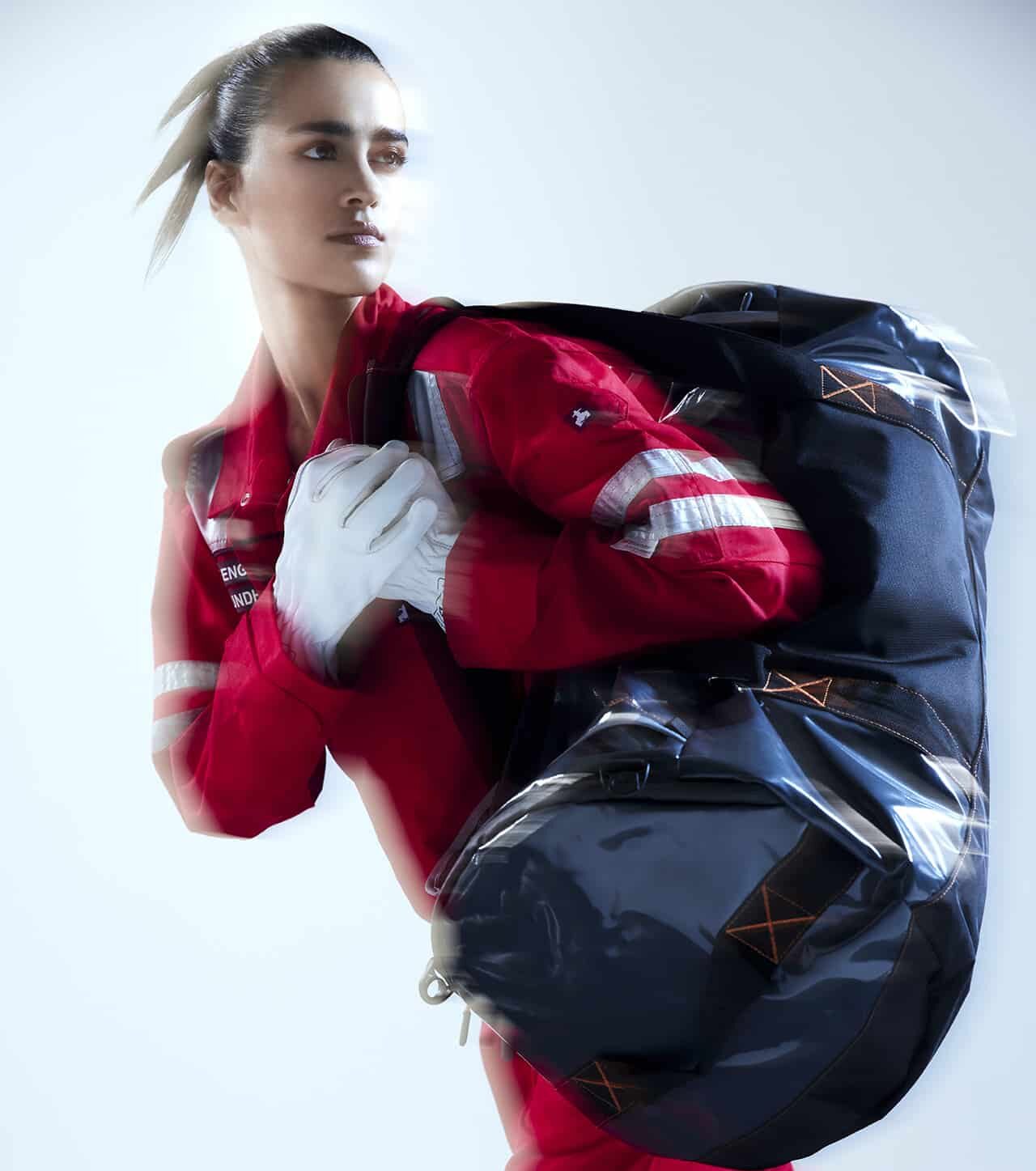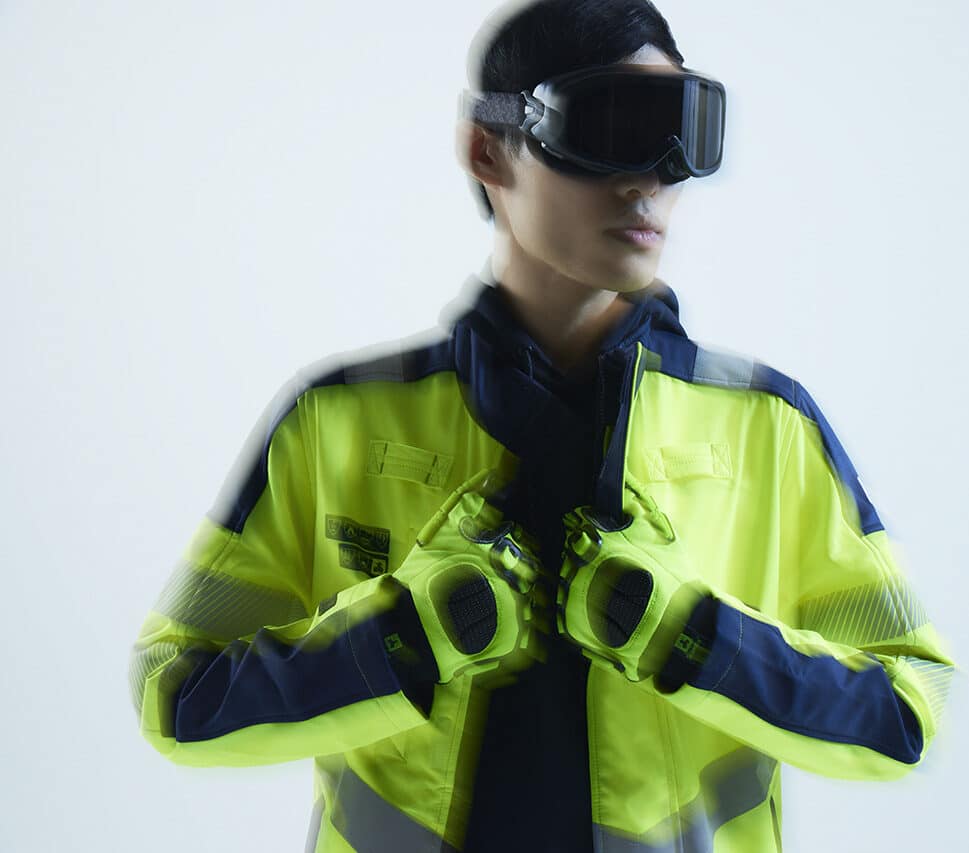Filter
Availability
Category
Color
Price
Features
Norms and standards
Helmets
These safety helmets are often constructed using fibre reinforced or carbon fibre materials that provide superior strength and durability. They have a full brim grip design that ensures the helmet stays in place even in windy conditions. The chin strap and point suspension system help to keep the helmet securely in place, providing maximum protection to the head.
Comfort and Fit
In addition to their protective features, safety helmets in the maritime and offshore sector are designed to be worn for a substantial period of time and therefore have to provide superior comfort. The synthetic leather comfort liner, along with the ratcheting fitment dial, ensures a snug and comfortable fit even when wearing gloves.
Shock Absorption Properties
The shock absorption properties of safety helmets are also essential in the maritime and offshore sector. Workers face many risks that could cause head injuries, such as slips, trips, and falls. The safety helmet’s ability to absorb shock helps to reduce the risk of head injury in the event of an accident.
Compatibility with Other Protective Gear
Another critical feature of safety helmets is their compatibility with other personal protective equipment. Workers in the maritime and offshore sector often need to wear other protective gear, such as ear muffs, goggles, and respirators. Safety helmets have been designed to accommodate this other protective gear, ensuring that workers have complete protection while on the job.
Choosing the perfect safety helmet
Choosing the right safety helmet is critical to ensure maximum protection and comfort for workers in the maritime and offshore sector. It’s essential to consider the helmet’s design, materials, and features before making a decision.
In addition, regulations and standards must be taken into account to ensure that the helmet meets the necessary safety requirements. Some commonly recognized standards for safety helmets in the maritime and offshore sector include the International Maritime Organization (IMO), the American National Standards Institute (ANSI), and the European Standard (EN). These standards ensure that helmets meet specific criteria for durability, impact resistance, and electrical insulation.

Do you need advice?
Don’t hesitate to contact us!
Send an email
inquiries@scandiagear.com










